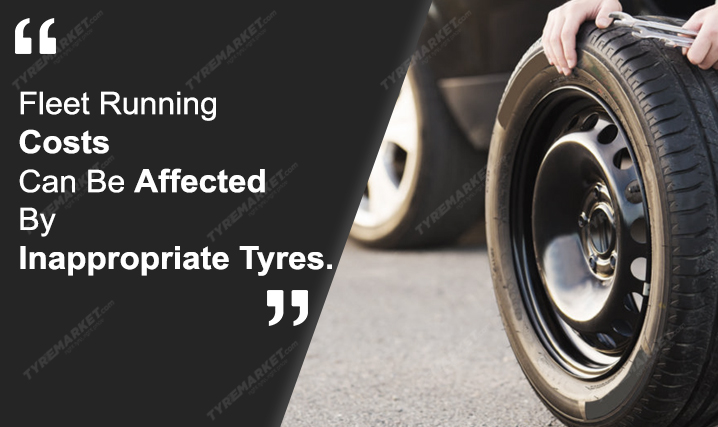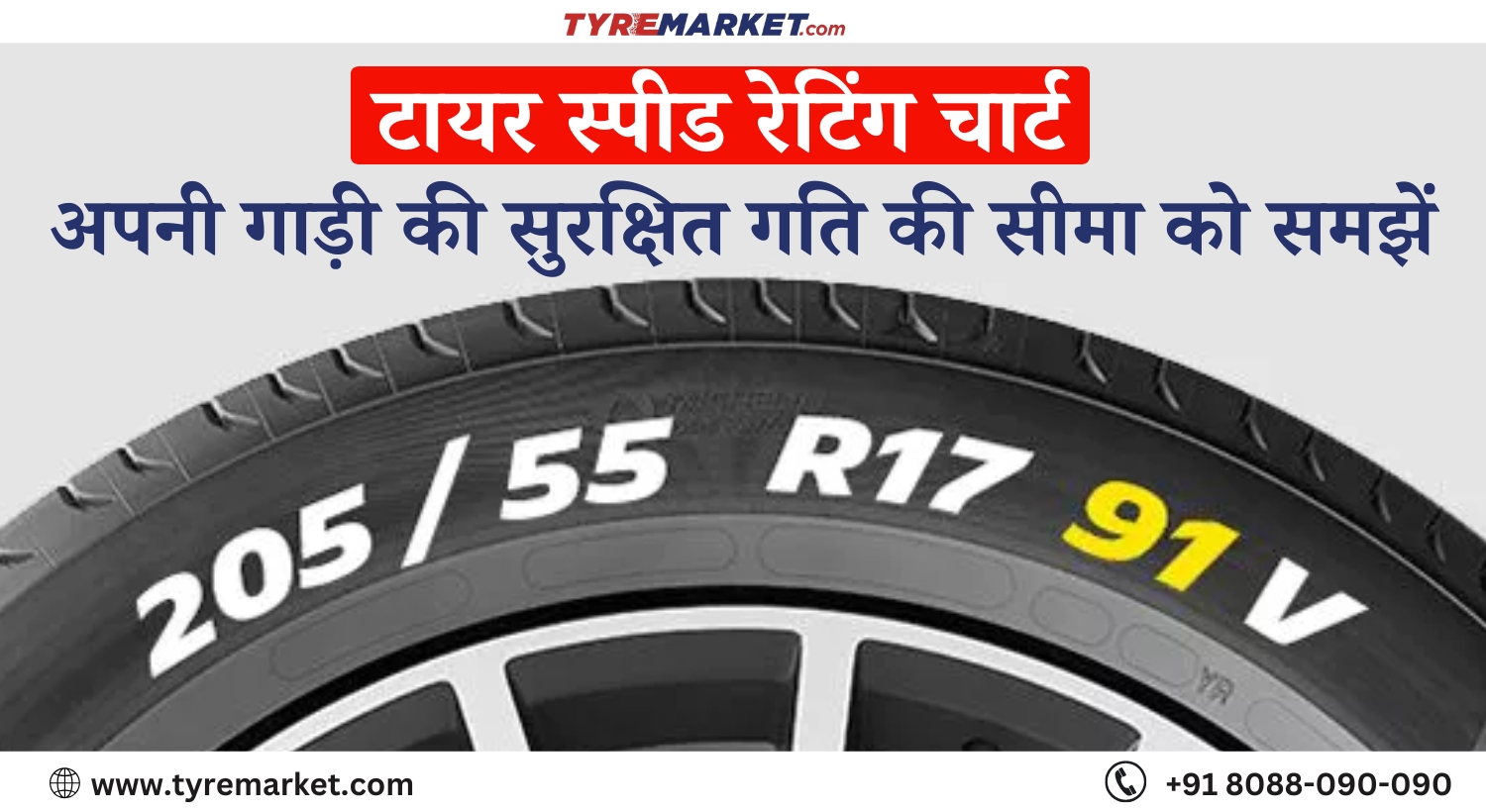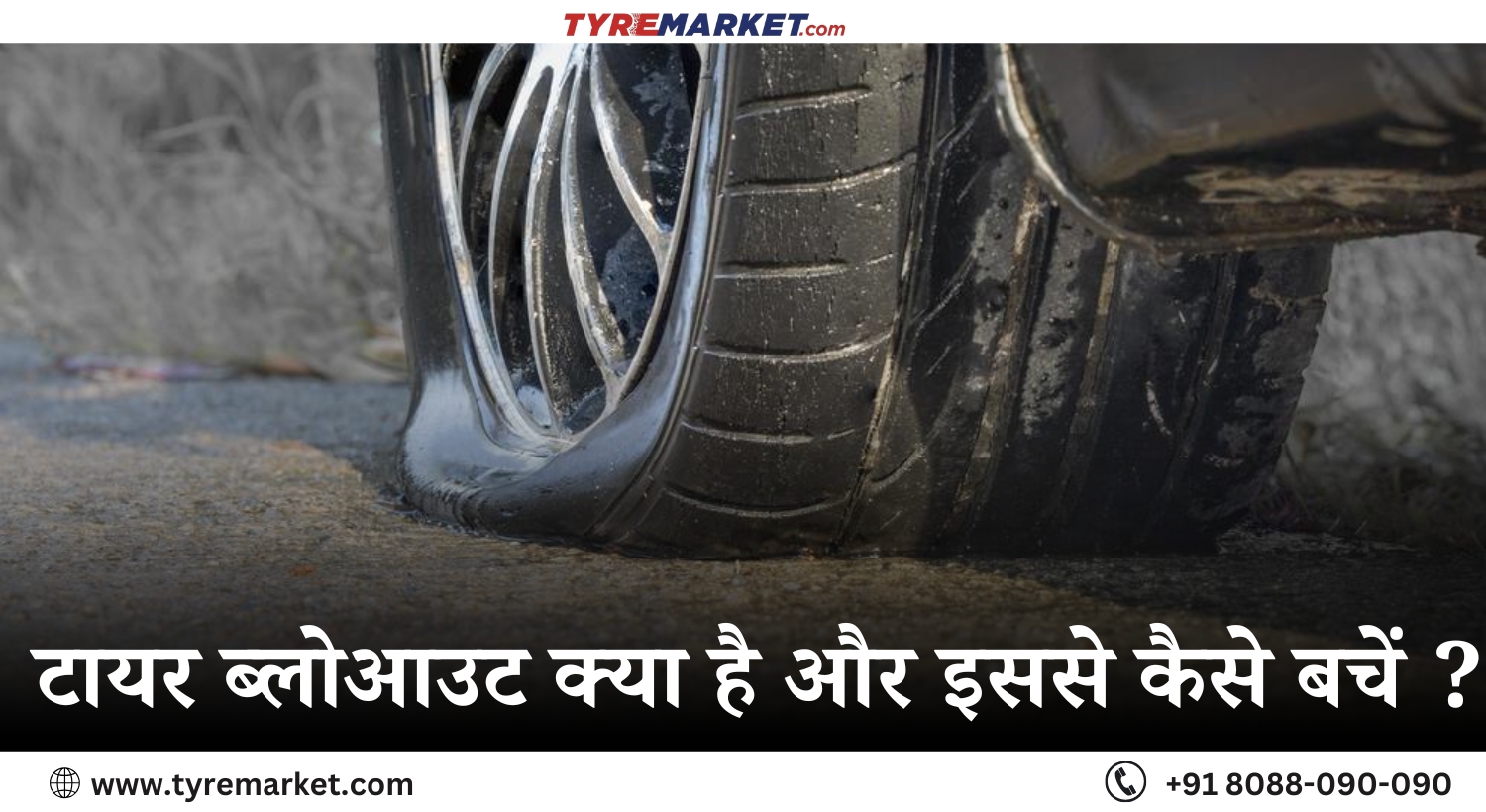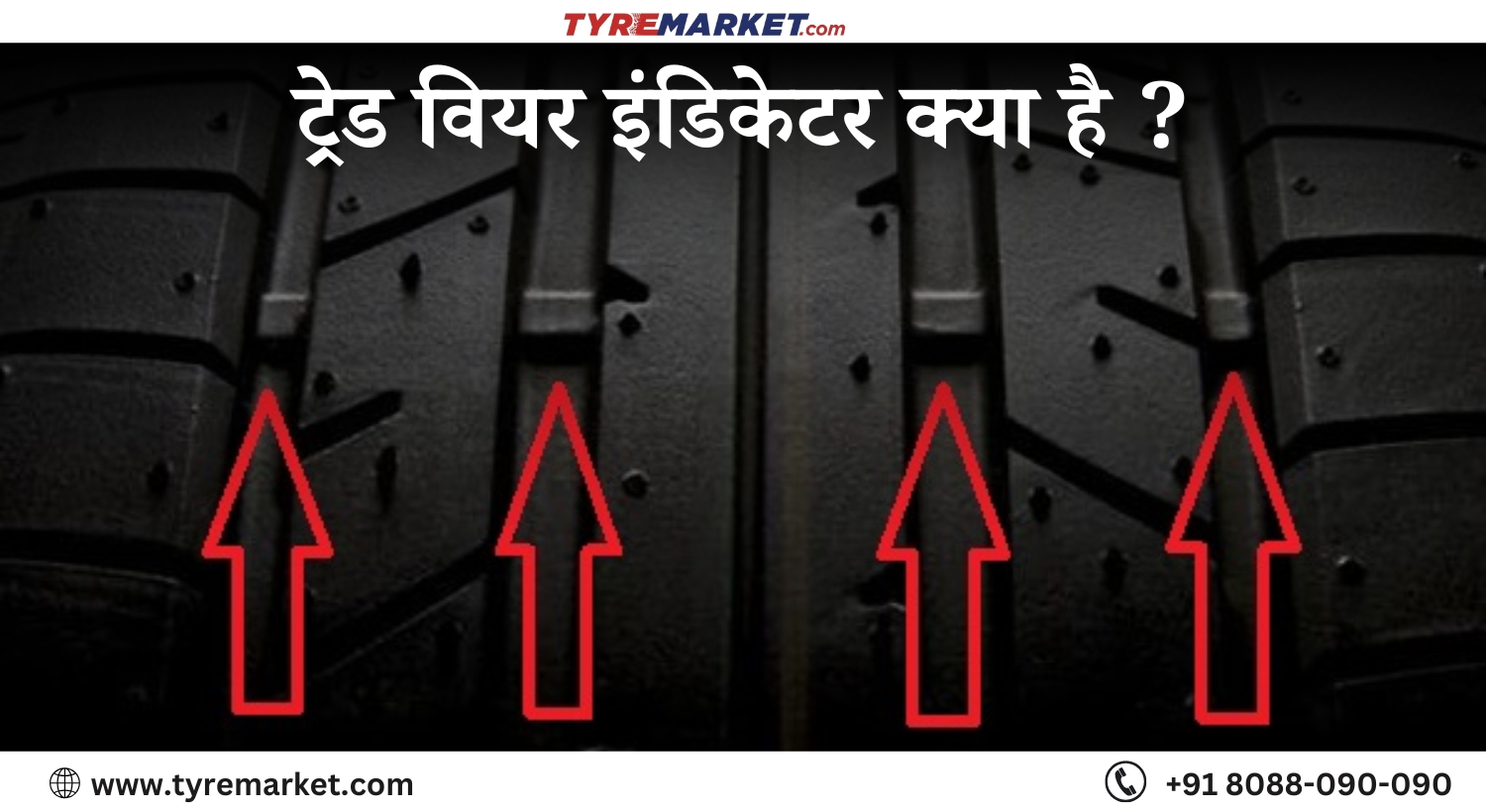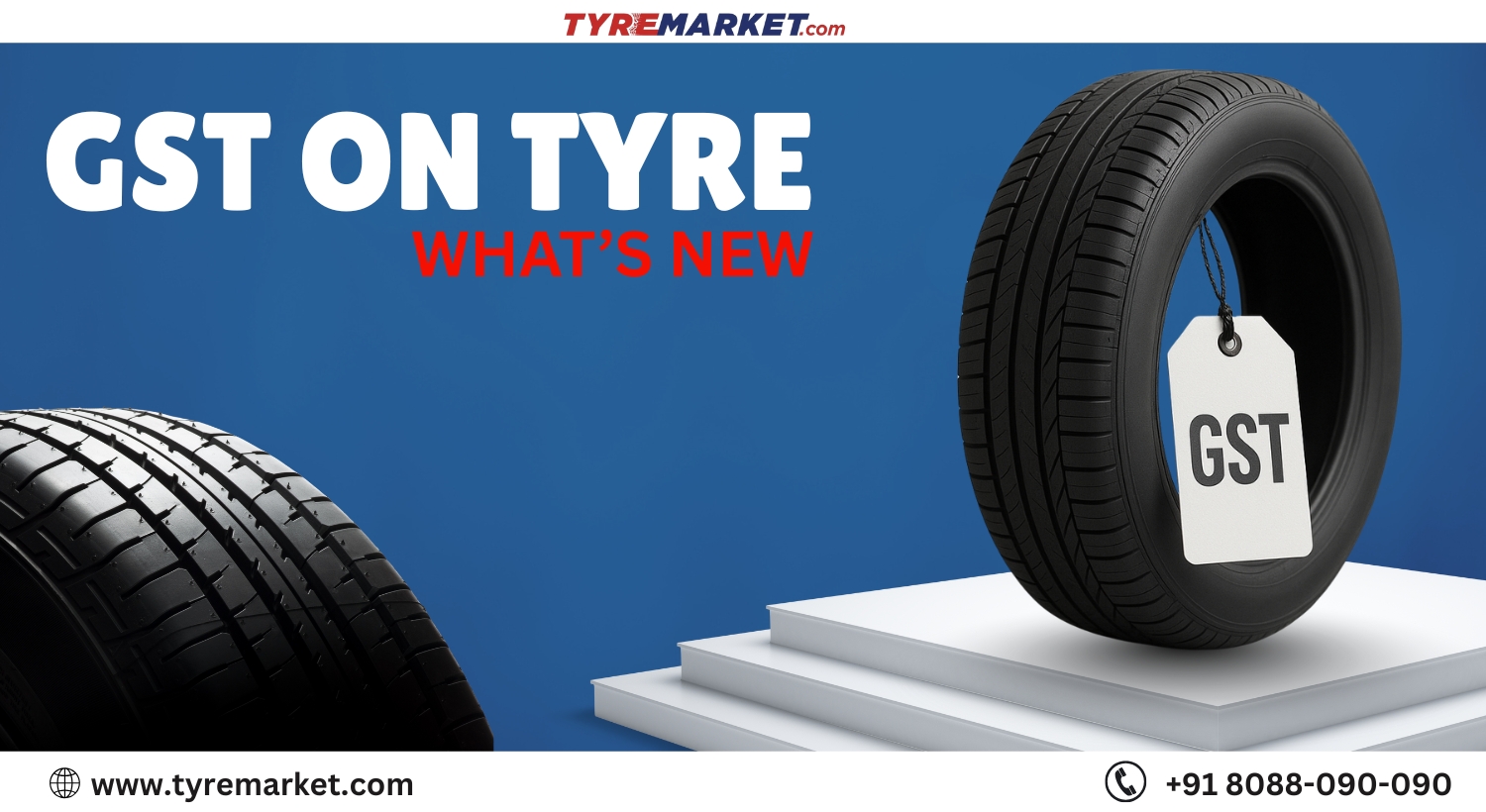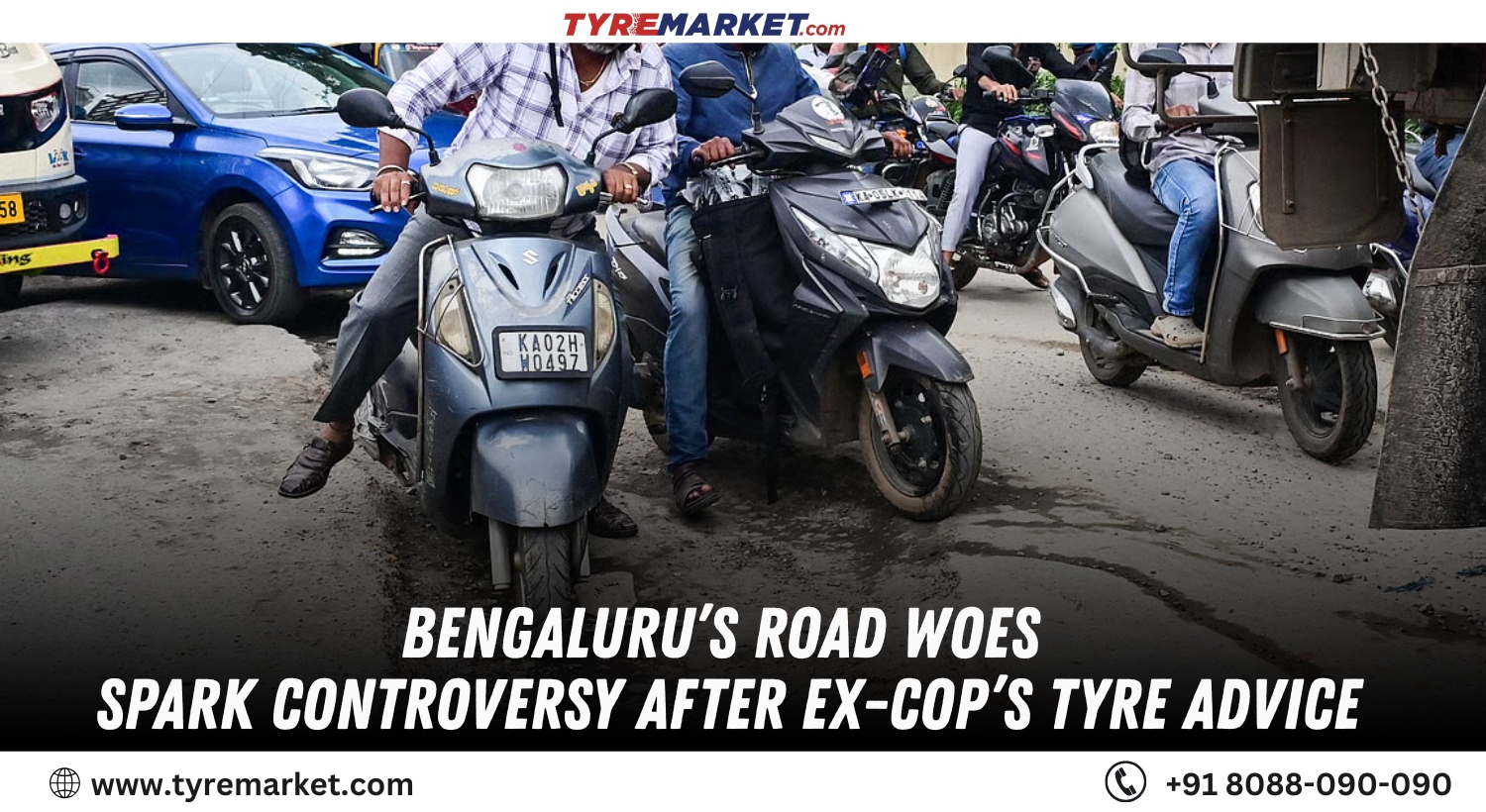Operating costs remain a crucial aspect of managing a fleet. Tyres are an important element that impacts the fleet’s running costs. They are directly correlated with the life of the vehicle, comfort, and performance. Inappropriate tyres can actually bring your fleet’s performance down. They also affect the fuel economy and tyre life. Since each car supports particular tyres, any change in the specifications may lead to incorrect handling. Apart from that, the wrong tyres can also directly invalidate the vehicle manufacturer’s warranty. When managed properly, tyres can reduce the operation and running costs in the long run.
In this article, we will look at the following –
- The impact of inappropriate tyres on the fleet
- How to select the right tyres for your fleet
- 5 ways to reduce running cost with proper tyres
Our aim is to help you understand the adverse effects of incorrect tyres. We will also focus on saving yourself from ruining your fleet by not mixing and matching the tyres.
The Impact Of Inappropriate Tyres On The Fleet
Needless to say, the wrong tyres deliver poor performance. Many fleets use the tyres of one vehicle on the other. Even though the size is the same, the tyre varies in supporting the automobile.
The first thing is the load index. It is not necessary that the same size tyres have a similar load index. One can carry 525 kgs of weight while the other 625 kgs. That is a staggering difference. Cars also weigh differently, and the load index is based on the total weight of the vehicle and the passenger.
Inappropriate tyres also impact the speed of the vehicle. The speed rating of each tyre is different. You cannot use a tyre with an “S” rating instead of “T.” It will do the exact opposite – slow down your vehicle in the fleet.
The biggest mistake any fleet manager can make is replacing tyres by mix and match. It means if there are 3 tyres of one set and 1 tyre of another brand with different specifications, the vehicle will face significant problems. Mixing and matching the tyres will not deliver the required performance. It will heavily impact the comfort while driving as the tyres are not compatible with each other.
All these factors combined increase the fleet running cost. Since tyres are not compatible, they will damage easily. You will have to replace them again. If the speed is not perfect, you might accidentally focus on the performance – when the culprit is the wrong tyres. You have to ensure that every vehicle in your fleet has the right set of tyres. But how do you select the right tyres?
How To Select The Right Tyres For Your Fleet?
Brian Porteous, Michelin’s technical manager – Car, Van, 4×4 and Government Contracts, said: “Vehicle manufacturers work incredibly hard to fine-tune their cars and vans to handle a certain way, and all of that can be upset if you fit a tyre which, although the correct size, might be intended for a different vehicle altogether. Driving on inappropriate tyres can also lead to reductions in fuel efficiency, passenger comfort and tyre life, plus a noisier ride.”
In view of maintaining the fleet, it is necessary to select the right tyres. Here is a 6 point guide that can help you choose the right tyres for your fleet.
- Meet Manufacturer’s Requirements
The first step is to ensure that the tyre meets the manufacturer’s requirements. It includes the load and speed rating of the tyre. Other things include the winter marking, vehicle speed, e-marking, directional fitment, and more.
- Check For Homologated Tyres
Now, if you really want to fit different tyres in your vehicle, then check for specific marked, homologated tyres. They can be fitted sometimes instead of the regular size tyres. It is always a good idea to consult the vehicle handbook.
- Maintain The Best Grip
The proper set of tyres will deliver the best grip. It is important for achieving the maximum stability of the vehicle. If you are replacing tyres, then ensure that the best grip tyres are fitted at the rear end of the car.
- Same Tyres On The Axle
It is important that the tyres on each side of the axle are of the same type. Tyre performance differences can impact the handling and cornering capabilities. Don’t place a new tyre on one side and leave the old tyre on the other.
- Seasonal Tyres
Keep winter and summer tyres separate. You can damage the complete performance of the vehicle by mixing these tyres. Winter tyres call for a higher load index, while summer tyres work smoothly on different roads in the summer.
- Run-flat Tyre Technology
If you are going to fit run-flat tyre technology, then fit the tyres in a set. There are multiple differences in vehicle characteristics, and some might not match the run-flat tyre technology. You have consulted with the manufacturer’s centre about the compatibility of the tyres.
Ways To Reduce Running Cost With Proper Tyres
You can select the right set of tyres but still lose on cutting down operational costs. Handling the tyres is the most significant aspect of managing the vehicles in your fleet. Here are 5 ways to reduce the running costs with proper tyres –
- Right Driving Habits
Drivers in the fleet must inculcate the right driving habits. Tyres perform well when the driver takes care of them while driving. It means there needs to be less braking, proper acceleration, and reduced stopping. All these combined will increase the life of the tyre and decrease the cost of maintaining the vehicle. The right tyres and driving habits will also keep the car performing at its highest for the longest time.
- Keep Tyres Inflated
Properly inflated tyres deliver low-rolling resistance, high fuel economy, and wear more evenly. When the tyres are inflated with the right pressure (psi units), they drive smoothly and don’t get rough around the edges. Save your tyre replacement cost by keeping tyres in perfect psi units every time your driver goes on a trip.
- Check The Tread Depth
The right set of tyres must have enough tread depth to ensure a firm grip. Tread depth directly impacts the performance and safety of the vehicle. A good tyre must have at least 1.6mm tread depth. Low tread can affect the braking capabilities and reduce traction, leading to slippery driving on wet surfaces.
- Choose Positional Tyres
It is important to select tyres based on the position of the vehicle. It will drastically reduce the fleet running cost even when you want to mix and match the tyres. Drive wheels vs trailer axle both can have different tyres but same type on each side. The rear tyres must focus on carrying the load for long hauls. Getting customized tyres based on the hauling pattern of the vehicle can considerably reduce the cost of operations.
- Interval Of Replacement
If you want to achieve optimal performance and efficiency, the replacement interval must be perfect. Knowing when the tyres are worn out and need replacement will save you a lot of money. Consistently check your tyres as a part of your daily routine. You can easily establish when it’s time to change the tyres and reduce your costs that come with damaged tyres.
Vehicle manufacturers pay special attention to the detailing of the tyre. There’s comprehensive research involved in the development of each tyre. The inappropriate tyres are not compatible with the vehicle and impact its overall performance. The right tyre set can reduce the fleet running cost by ensuring that all your cars run smoothly everywhere they go.
 Help
Help
 Customer Care:
Customer Care:

 |
| 
 Help
Help
